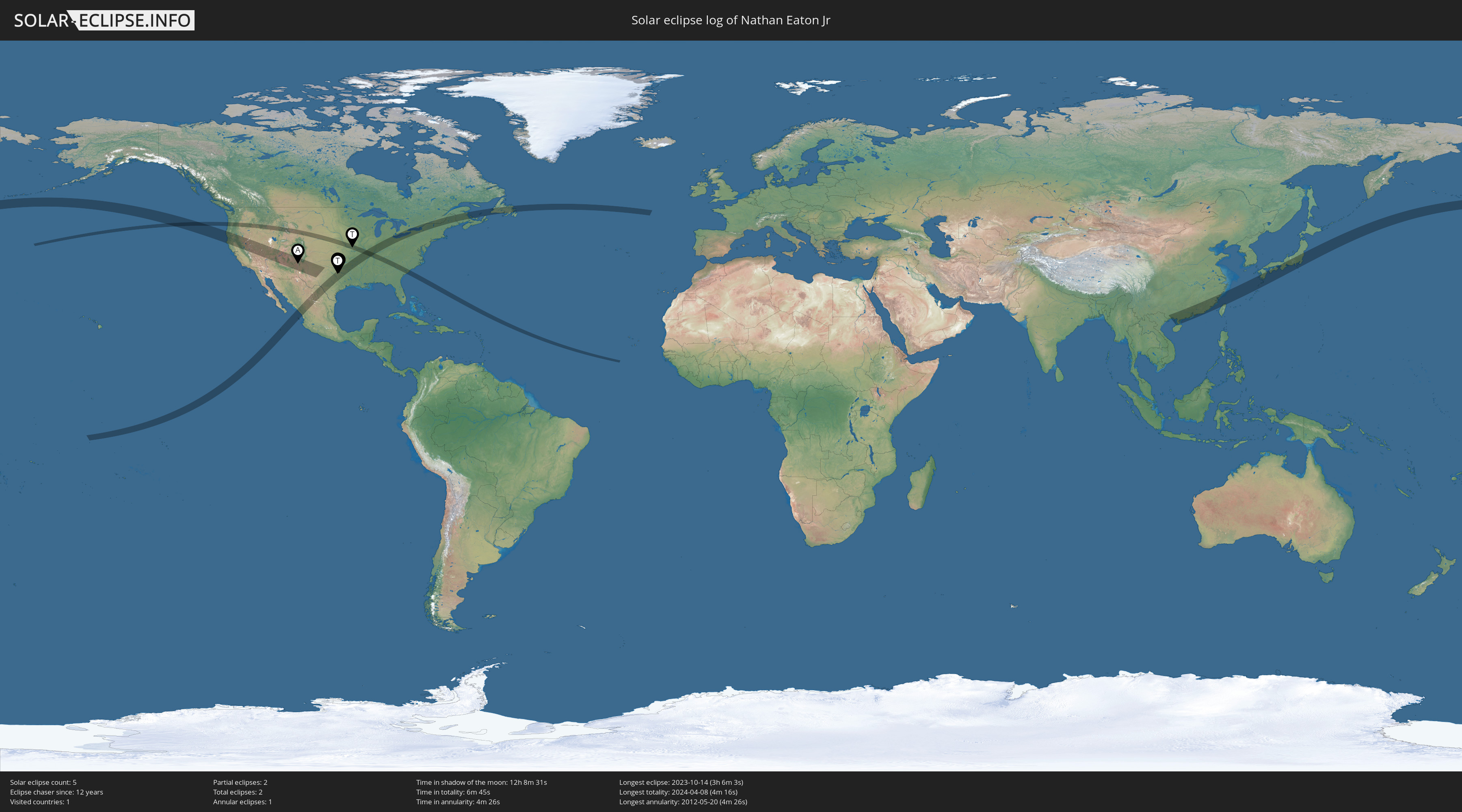As covered in previous posts, late in 2021 I discovered a product called the Solarcan, a pinhole camera created using an aluminum can with a small hole in the side and photographic paper inside, all to capture long-period exposures (weeks, months, years) of the Sun as it moves across the sky each day, images called solargraphs. I bought a five-pack of Solarcans in December 2021 and gave four to my grandkids as Christmas gifts.
In the Phase 2 posts, I covered helping my grandkids set up their Solarcans. The plan for each one was to have them up about 6 months. For the one Kaili and I put up (see this post), the plan was to leave it up till at least the winter solstice but she decided she wanted to leave it up longer. Here are views of her Solarcan taken in November including a view from the Solarcan.
 | | Kaili's Solarcan |
|
 | | View from the cul de sac |
|
|
Kaili took her Solarcan down today. Following the Solarcan instructions for developing solargraphs, I opened it and scanned the photographic paper contained in the can.
In the initial scan, the sky and the arcs traced by the Sun are dark and the foreground is light. The reason is that the photographic paper reacts to light by darkening, resulting in a negative image. The bright spot on the sides of the image are the result of tabs on the inside of the Solarcan that hold the paper in place; because they overlap the paper, they block the light, preventing the paper from darkening.
The next step in the development process is to convert the image from negative to positive. After that, the goal of processing is getting an image in which some of the details come out (e.g., adjusting exposure and contrast) and adjusting color and other variables to get something that looks interesting. Here is the final result.
Like the solargraphs done by
Olivia, Jack and Harper, the dominant feature is the arcs across the top representing the path through the sky of the Sun. Long, bold lines are from sunny days and thin lines or ones with gaps are from cloudy or partly-cloudy days. After the winter solstice, the Sun started passing a little higher each day so I think the fact that it was tracing back over the days leading up to the solstice is why the lower lines are so much brighter (i.e., twice as much exposure in those areas).
The thing that is cool about this one is the basketball backboard. Of course, that was what we were hoping for (see photos of the view from the Solarcan). What we hadn't planned for is there being two. But there is just one backboard (at least on this side of the cul de sac) so what's up?
Notice that it's not just the backboard that shows up twice. So does the light post. And if you look closely, there are two images of other things too... the trees in the distance and the house across the street. What must have happened is that at some point during the time the Solarcan was active, it got bumped which left the pinhole pointing a little bit to the side. The "double-exposure" effect that resulted is similar to what happened with
Jack's and Harper's. I imagine that it's not uncommon for a Solarcan left up for months (or years) to get moved, whether it's by an animal, the weather or maybe even a basketball. :-)
As always, click on an image to see it full screen.



.jpg)
.jpg)





















 The journey continues beyond 2009... check it out!
The journey continues beyond 2009... check it out!

No comments:
Post a Comment